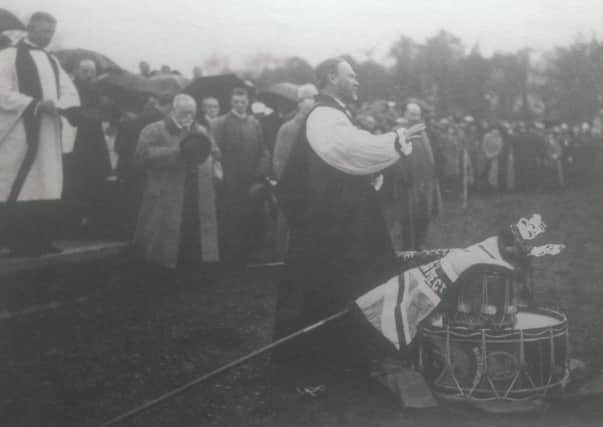Ballymena 1914 - Grim spectre of civil war looms


It would seem natural that pro-Home Rule ‘nationalists’ would have a felt a very real sense of fear and in some cases anger at the seemingly untouchable status of the Ulster Volunteers with their friends in high places.
There is evidence of definace in the ranks of the newly formed Irish National Volunteers which had swollen in numbers and become a larger, if less well equipped and trained, formation than the UVF. By the summer of 1914, some 5000 members were registered in Co. Antrim. By May, for instance, an Irish Volunteer section of 200 men had been formed at Glenravel and by the end of that month a further 593 ‘Glensmen’ had signed up for the INV.
Advertisement
Hide AdAdvertisement
Hide AdThe antagonism between Ulster Unionism and Irish Nationalism now dominated political life and, as the last few weeks of peacetime slipped away, the pressures began to build.
Sir William Adair, who commanded the UVF units in the Ballymen area, told his officers that they must prepare a scheme for ‘disarming’ their Nationalist opponents should they decided to mobilise. One main area of concern for Adair was the domination of the crossing points on the River Bann which he feared would be used for an incursion by Nationalists into the Mid-Antrim area.
Indeed Ballymena’s Unionist leaders were faced with the horrifying possibility of a localised war on a scale not seen in Ireland since the 1798 rebellion.
Such conflict would inevitably have raised the spectres of pogroms, reprisals, famine, disease and forced migration.